What comes to mind when you think of shiitake mushrooms? Do you ponder how the health benefits can improve your life? Do you ruminate upon beautiful fungi sprouting in a warm hardwood forest? Maybe you just think about your favorite dish at the local Chinese restaurant.
Any of these scenarios can apply, as shiitake is one of the most versatile mushrooms out there! It’s a powerful medicinal, an extremely popular cultivation choice, and just plain delicious. You may not be able to tell a lion’s mane from a chanterelle, but chances are you’ve heard of shiitake.
Let’s learn more about the shiitake mushroom, Lentinula edodes. We’ll start with some basic facts, and then move on to their medicinal properties. We’ll finish with what’s on everyone’s mind, how to cook them.
At the bottom of this page is an easy shiitake mushroom recipe. Hopefully by the time you finish this article, you’ll be eager to try it out!
Basic Facts
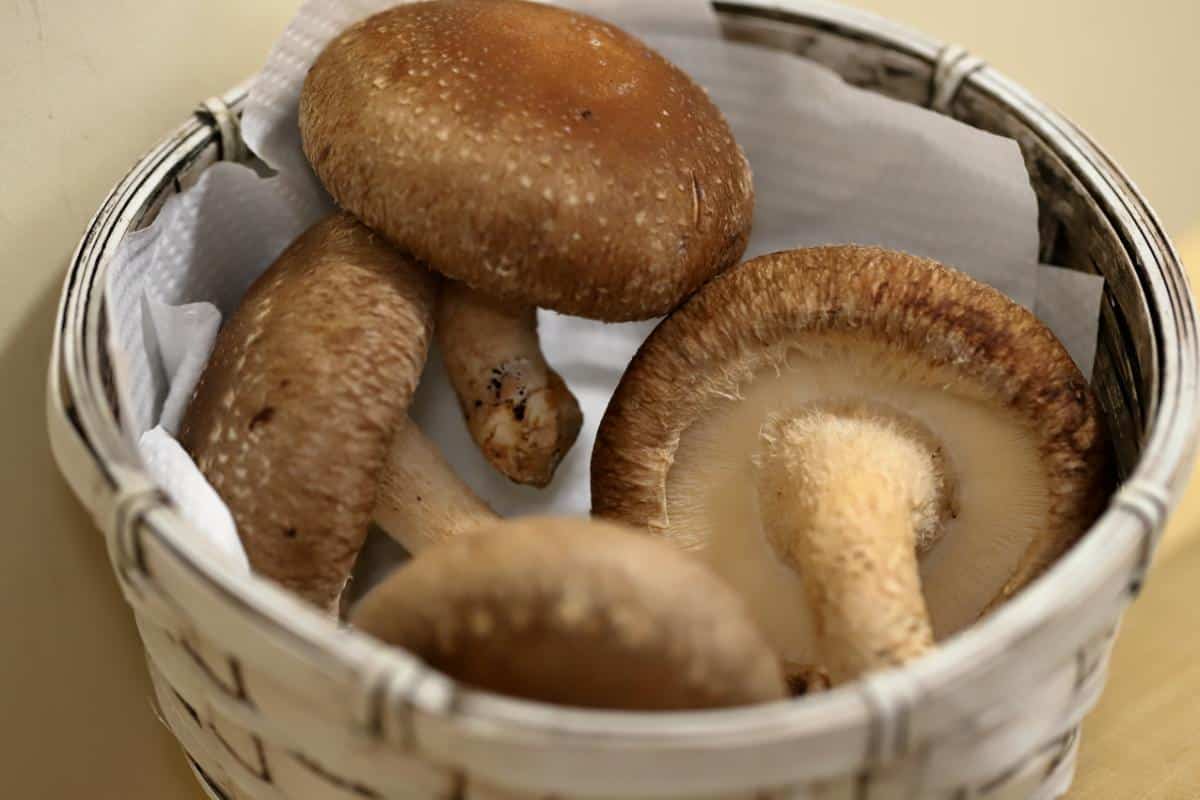
- Shiitake goes by many different names. The Latin name is Lentinula edodes, although in English they’re sometimes known as black forest mushrooms or Chinese black mushrooms. The name shiitake is Japanese, meaning “shii mushroom”. (Shii is the Japanese name for a type of evergreen tree on which the mushrooms often grow).
- Shiitake begin their lives with dark brown to black caps, which become lighter brown and more convex with age. The undersides sport white gills that do not attach to the stem. The spore print is white.
- The stem (or stipe) of the mushroom is smooth, fibrous, and light brown with no ring. If you damage the stem, it will bruise a deeper brownish color.
- Shiitake mushrooms grow in the Far East, mainly Japan, China, and Korea. They fruit from spring to late summer or early fall.
- This species is a true saprotroph, meaning they feed on dead tissue. They like broadleaved trees such as oaks, beeches, and the shii tree (Castanopsis cuspidata).
- Lentinula edodes is probably the most popular gourmet mushroom in the word. It’s also one of most widely cultivated mushrooms, second only to the common white button.
- When exposed to sunlight during the growing process, this mushroom produces high amounts of vitamin D. This could be very helpful for people who don’t get out a lot or live in Northern climates.
- Due to their voracious ability to break down organic material, shiitake mushrooms have strong mycorestoration potential. This type of science is still just emerging, but there is evidence that they can remove various hydrocarbons and toxic metals from the environment.
- The most successful method of cultivating these mushrooms is on hardwood logs, a process used all over the world. The logs can take a while to start producing, but once they do they often fruit with mushrooms for years! This is a satisfying and fun process that anyone can learn.
- As with any food, some people are allergic to shiitake fruit bodies or spores. Please only use a little if trying them for the first time, and observe how your body reacts!
The Healthy Shiitake Mushroom
Shiitake may not have the same reputation as a medicinal mushroom powerhouse as reishi or maitake, but make no mistake. There are some definite health benefits to this species, and their use goes back at least one thousand years.
What makes Lentinula edodes such a popular medicinal? The mushroom contains lentinan, a polysaccharide with strong anti-cancer properties. A polysaccharide is a complex carbohydrate made up of chains of sugars, known to stabilize blood pressure and have a beneficial effect against free radicals.
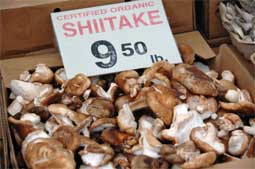
Lentinan is a specific kind of polysaccharide, known as a Beta-D-Glucan. These are suspected to stimulate the immune system to fight cancer. In lentinan’s case, researchers suspect that it fights stomach cancer by preventing enzymes from metabolizing carcinogens in the stomach and colon into more active forms.
For this reason, shiitake mushrooms are thought to be especially beneficial for those suffering from stomach and colorectal cancers. Although more studies need to be done on the mushroom itself, plenty are being done on the purified polysaccharide lentinan. An abstract from one such study is here, linking a possible relationship between lentinan use at the beginning of chemotherapy to quality of life in gastric cancer patients.
As if shiitake’s healthful polysaccharides weren’t good news enough, these mushrooms contain other beneficial compounds such as:
- Lentin – a protein with anti-fungal properties
- The essential amino acids lysine, arginine, methionine, phenylalanine, and linoleic acid
- Ergosterol – a biological precursor to vitamin D2, thought to possibly have anti-tumor properties
- Minerals such as potassium, iron, magnesium, and zinc
- The antioxidant selenium
These different compounds can cause many beneficial changes in the body. Shiitake mushrooms are thought to have the following benefits:
- Cancer prevention and treatment (especially for the stomach and colon)
- Anti-fungal, anti-viral, and general anti-infection properties
- Stimulate the immune system (especially helpful for those who are HIV positive)
- Lower cholesterol
- Reduce blood pressure
If you’re interested in reading more, check out the shiitake page at the Sloan-Kettering Cancer Center. Their references at the bottom contain links to more studies and resources.
Hopefully this fascinates you, but perhaps you’re more interested in your taste buds than your white blood cells! If that’s the case, read on to learn about shiitake in the kitchen.
How to Cook Shiitake Mushrooms
Shiitake is one of the most popular edible mushrooms. They’re cheaper to buy than morels, easier to cultivate than lion’s mane, and far tastier than the plain white button mushroom. You can find quality dried whole shiitake mushrooms here: Mushroom House Dried Shiitake Mushroom Slices, 1 Pound.
What makes shiitake so delicious? They have a savory, meaty taste that lends a deeper flavor to almost any dish. This savory experience is known as umami, a flavor also found in anchovies, tomatoes, and other mushrooms.
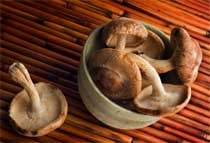
This umami flavor is caused by a free form amino acid called glutamate. Don’t worry though, naturally occurring glutamates are not the same as the flavor enhancer MSG. Monosodium glutamate, MSG, is formed by adding a salt molecule, and the result is a very unhealthy food additive that’s found in restaurants and processed foods everywhere.
The good news is that you can use shiitake mushrooms to add a meaty or savory taste to your meal, without using the revolting additive MSG. This is why dried shiitake powder has become so popular. Used as a condiment, it imparts a delicious flavor without harming your health.
As for the whole mushroom, shiitake is easy to prepare for cooking. As they’re usually cultivated directly on wood, there’s not a lot of dirt and bugs on them. Thus it’s easiest to clean them by just wiping them down with a cloth. Running them under water will make them too wet.
Most recipes will tell you to discard the stems, as they’re tough and harder to cook. Personally I love shiitake stems! Their chewy texture is just delicious to me. That said, they can take longer to cook and never become fully tender. I guess it’s just a matter of taste.
The most popular method of cooking is a simple mushroom sauté. Yet there’s really no limit with this versatile mushroom:
- Use them as a topping for chicken, shrimp, fish, rice, pasta, or greens like spinach.
- Add to pasta sauce early in the cooking process to dramatically boost the flavor.
- Take your soups to the next level with either whole dried shiitake mushrooms or the powder.
- Put them in your omelette or add to scrambled eggs.
- BBQ, baby! Grilling them for a few minutes on each side is delicious too.
Need more inspiration? Try this easy shiitake mushroom recipe:
Ingredients:
- 8 oz fresh shiitake mushrooms
- 1 clove garlic, minced
- 1 tablespoon lemon juice
- 2 tablespoons olive oil (or unsalted butter)
- 1 tablespoon soy sauce
Heat oil in large, non-stick skillet over medium-high heat. Sauté garlic for about 1 minute.
Add cleaned mushrooms, cover the pan, and cook for about 5 minutes. Covering the pan while cooking concentrates the flavor, but it’s not absolutely necessary.
Add the lemon juice and soy sauce. Continue to cook and stir another few minutes until the sauce is absorbed.
Remove from heat and serve. Easy!
Hopefully this article has engendered a little more appreciation for shiitake mushrooms. Although they may not have the gourmet reputation of some other species, they’re often just as delicious (and cheaper). The next time you’re looking to add mushrooms to your dish, give shiitake a try!
(Note that a common misspelling is shitake mushrooms, however the correct way is with two i’s).

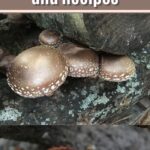

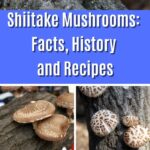
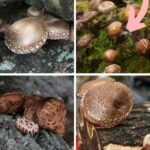
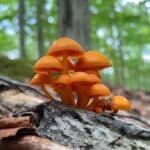
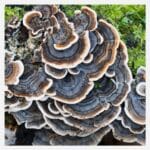
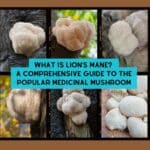
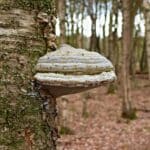
Leave a Reply